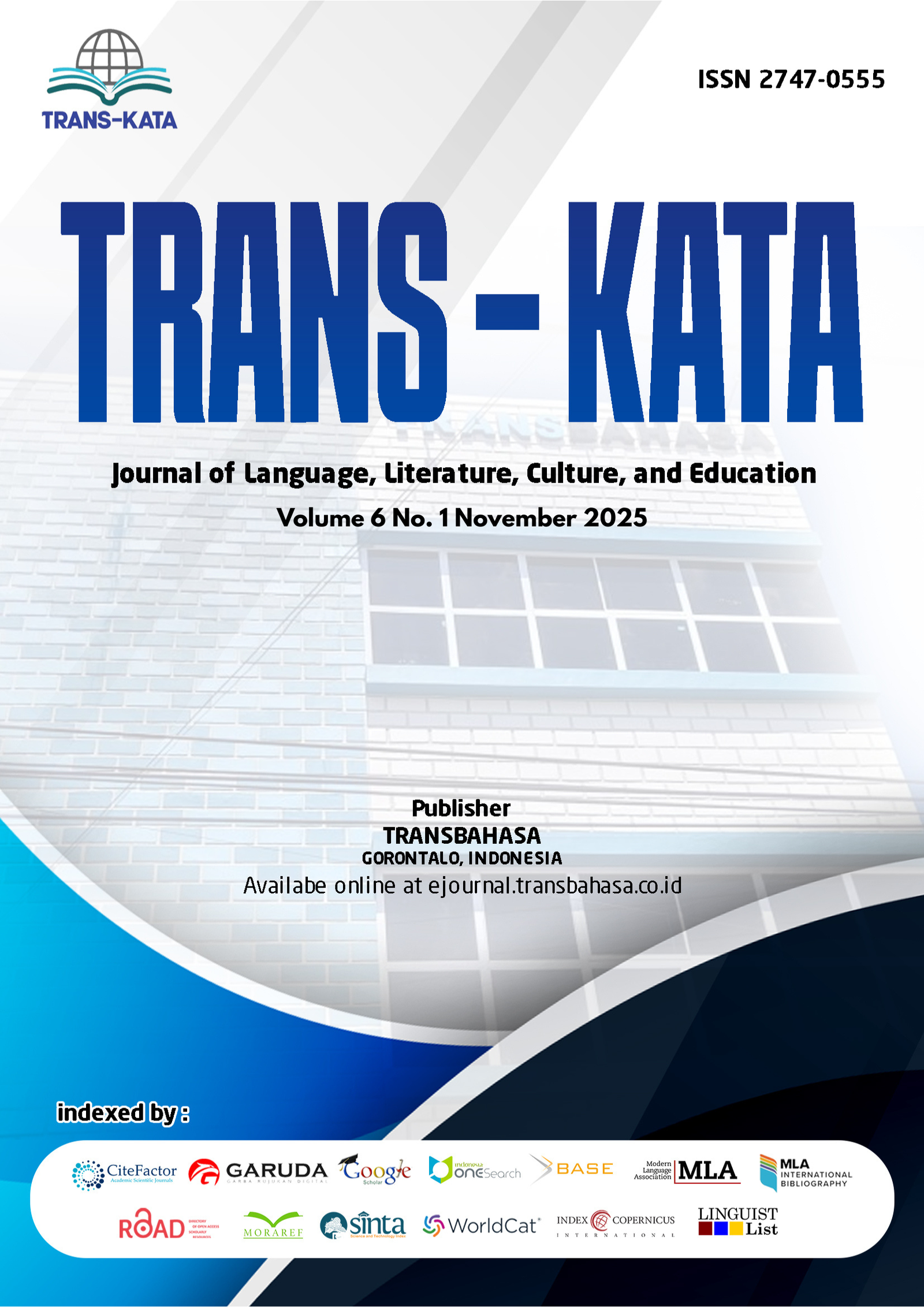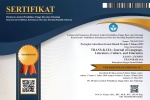Figurative Language in Latung Lawang: Exploring Cultural Values in Birth, Marriage, and Death Ceremonies
DOI:
https://doi.org/10.54923/jllce.v6i1.180Keywords:
Figurative language, Latung Lawang, oral tradition, poetic chant, cultural valuesAbstract
This study is driven by the need to preserve the oral heritage of the Sikka Krowe community, particularly Latung Lawang, a traditional chant rich in symbolic meanings and cultural values. The research aims to identify the types of figurative language in Latung Lawang, interpret its cultural meanings, and analyze the cultural values reflected in birth (Lodong Me), marriage (Wotik Wawi Dadi and Ro’a Mu’u), and death ceremonies. A qualitative descriptive method was applied, with data collected through in-depth interviews and documentation, then analyzed through reduction, display, and conclusion drawing. The findings reveal that Latung Lawang employs various figurative devices, including metaphor, personification, symbolism, hyperbole, simile, and metonymy. These expressions reflect the Sikka Krowe worldview on human–nature–ancestor relationships and embody values such as freedom, respect, benevolence, achievement, conservatism, and tradition. The study concludes that Latung Lawang functions not only as a literary expression but also as a medium of moral education and cultural identity transmission across generations.
Downloads
Downloads
Published
How to Cite
Issue
Section
License
Copyright (c) 2025 Veronika Devina Neang, Nur Syamsiyah Ekhsan, Yanto

This work is licensed under a Creative Commons Attribution-ShareAlike 4.0 International License.





